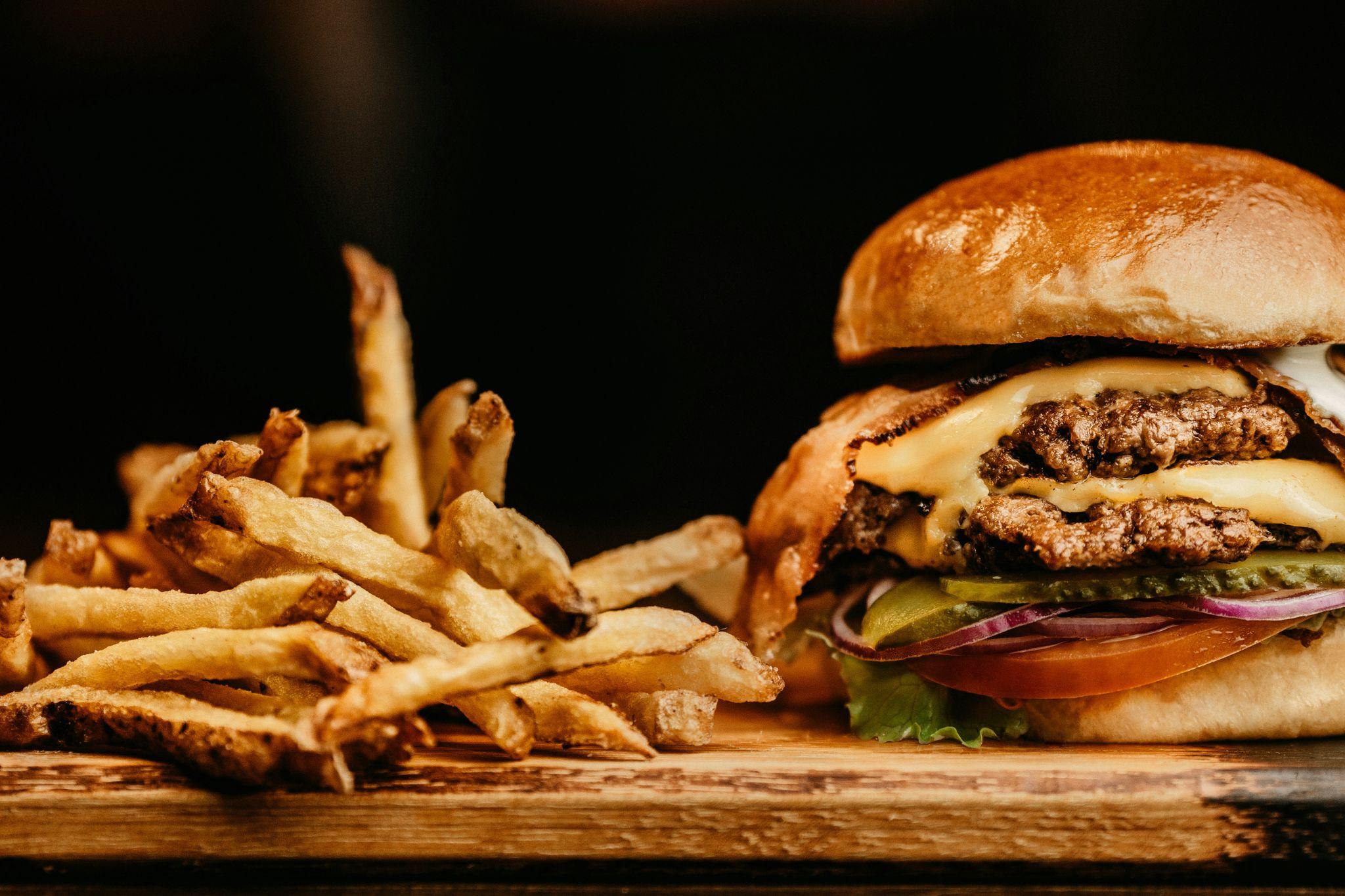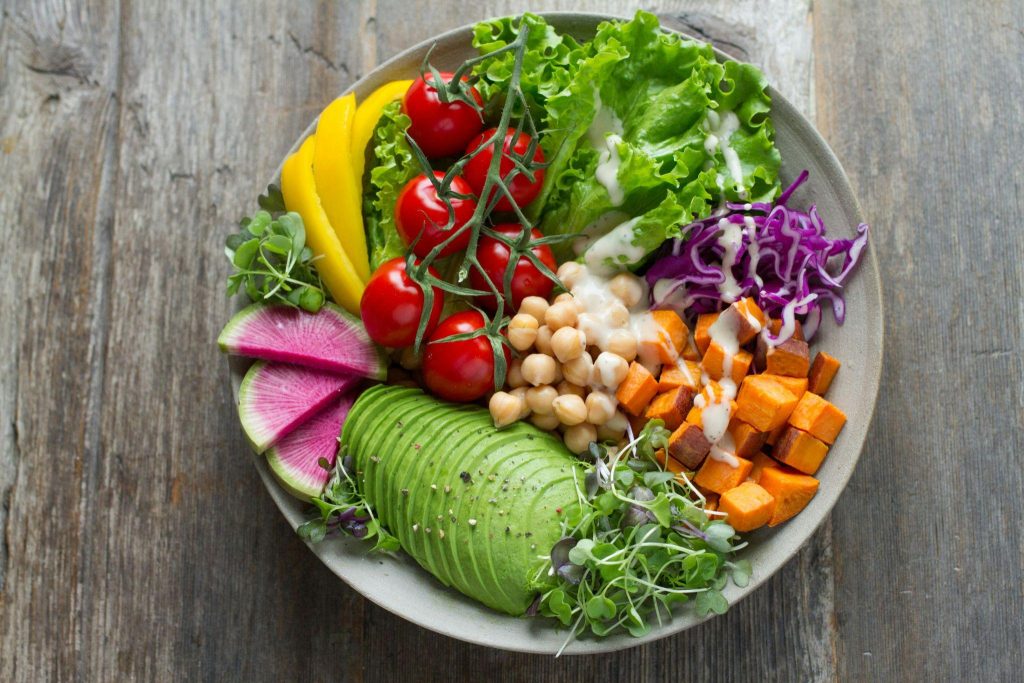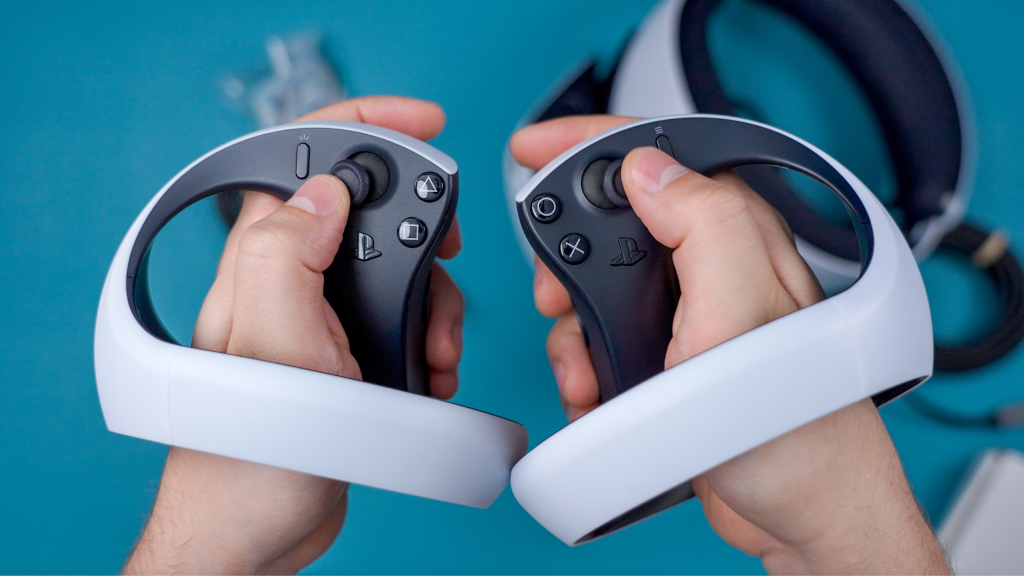Eating healthy can look different for every person; however, the basic principles remain the same – keep it balanced, focus on nutrition, and ensure you include a variety of foods from all five food groups. A well-balanced, healthy diet can provide numerous health benefits, including better physical health and mental well-being, a lower risk of developing chronic diseases, and maintaining a healthy weight. It can also reduce the risk of conditions associated with the heart, type 2 diabetes, and help manage symptoms from other chronic issues like type 1 diabetes or IBS.
Despite knowing all the benefits, it can still be daunting to shake up your entire diet. While the ultimate goal should be to establish a healthy pattern of eating and drinking, changing habits one small bite at a time (excuse the pun) can help make achieving this goal easier.
In this article, we list six top tips and tricks to get you started.
Start Slow
There is a lot to learn when it comes to starting a healthier diet, and it can be overwhelming. To kick-start your journey, try making one or two changes to your diet at a time to avoid overdoing it. This might be as simple as introducing a new vegetable into the mix once a week, or attempting a new recipe every Sunday.
While talking about going slow – did you know the pace at which you eat can impact how much you eat too? Studies have shown that faster eaters are more likely to eat more and have a higher body mass index than slow eaters, so don’t just start your diet plans slowly – eat slowly too.
A Balanced Plate Is Key
While choosing the right meals is important, it’s also vital to think about what exactly is making up your plate. Balancing the types of food you are eating can play a significant role in your diet, and should be considered accordingly:
- Fruits and vegetables are loaded with nutrients and should form about 50% of your plate. Frozen vegetables are a great option for those who need a quick option – they are generally snap-frozen, preserving the vegetables’ texture and flavour and allowing for optimal nutrition retention.
- Proteins are the body’s building blocks and help you feel fuller for longer. Lean proteins should form about 25% of your plate, and can include options like chicken, eggs, beans, fish, tofu, or corn-fed duck.
- Whole grains should form the final 25% of your plate. Most whole grains provide dietary fibre, which supports a healthy heart and digestion, and can consist of food like oats, corn tortillas, brown rice, or quinoa.
Sensible Substitutions
Making a few simple changes to your meals can be an easy way to achieve a healthier diet. Some recommendations are:
- Swapping foods made with white flour for whole grain or vegetable alternatives – think cauliflower rice instead of white rice, or spiralised vegetable noodles instead of pasta.
- Switch your mayonnaise dressing for lower-calorie options like mustard or balsamic vinegar, or blend your mayonnaise with low-fat Greek yogurt or sour cream for the same creamy taste with less fat.
- Opt for low-fat or fat-free dairy cheeses, sour cream, and milk.
- Sugar-sweetened drinks are the largest source of sugars in the diets of Australians and have been associated with childhood obesity and tooth decay. Substitute sugary drinks such as soft drinks or juices with healthier options like sugar-free soft drinks or flavoured sparkling water.
Reduce Your Intake of Ultra-Processed Foods
Ultra-processed foods are food items that have undergone significant processing and generally contain high levels of added ingredients like sugar, salt, fats, and preservatives.
These foods can often be convenient, particularly for snacking, but their nutritional quality is negligible, so they should be placed firmly in the ‘sometimes’ food category. Examples of ultra-processed foods include packaged snacks like chips, cookies, or crackers, breakfast cereals, processed meats like sausages or cold cuts, ready-to-eat frozen meals, instant noodles, candy or chocolate, and most fast-food options.
Where possible, replace your ultra-processed foods with healthy snack alternatives like fruits, nuts, vegetables with dips, plain yogurts, cheeses, or air-popped popcorn.

Smarter Eating
It seems simple, but eating your greens first is a smart way to ensure you not only finish them all, but you’ll be eating them when you are at your hungriest, which may cause you to eat fewer less-nutritious meal components later.
You should also consider keeping any dressings, dips, and condiments to the side. These additions to a meal are often high-calorie and are easily forgotten about when considering what a ‘healthy’ meal is.
Finally, for those who love to eat without counting calories, volume eating offers an interesting solution (so long as it is done right). Volume eating involves eating large amounts of low-calorie foods to avoid feeling hungry. Good foods for volume eating include berries, popcorn, cauliflower, eggs, zucchini, and leafy greens.
Meal Plan and Shop with a List
Creating a habit of eating at home more often is a simple way to ensure you consume healthier meals. By cooking your food, you know exactly what’s in it and can tailor it to suit your dietary needs. You will likely save money, and you can even plan for leftovers the next day.
It’s important to create a meal plan ahead of your shop with a proper list, and do not go to the store hungry. Not doing so leaves room for impulse buying, and the likelihood of throwing unhealthy snack options into your trolley becomes high.
If you plan and stick to your shopping list, you’ll end up buying healthier options to keep around the house and keep to your budget, too.





















